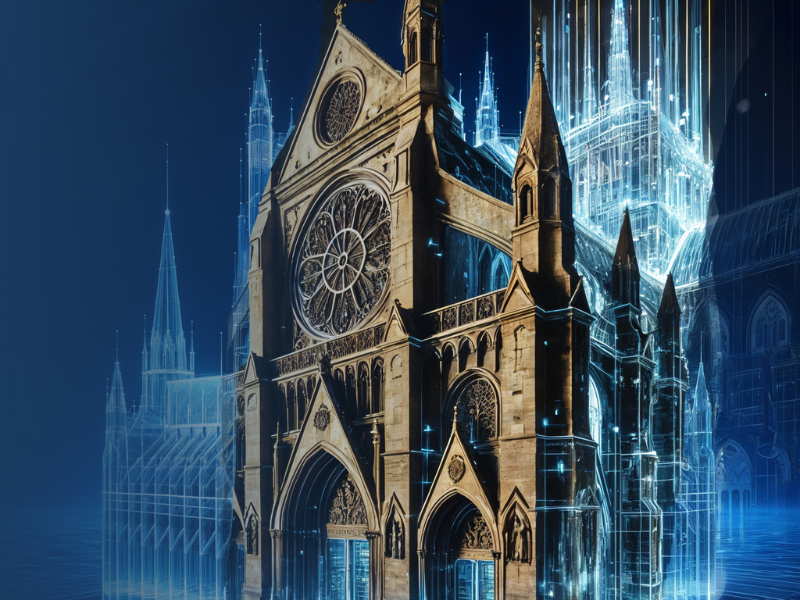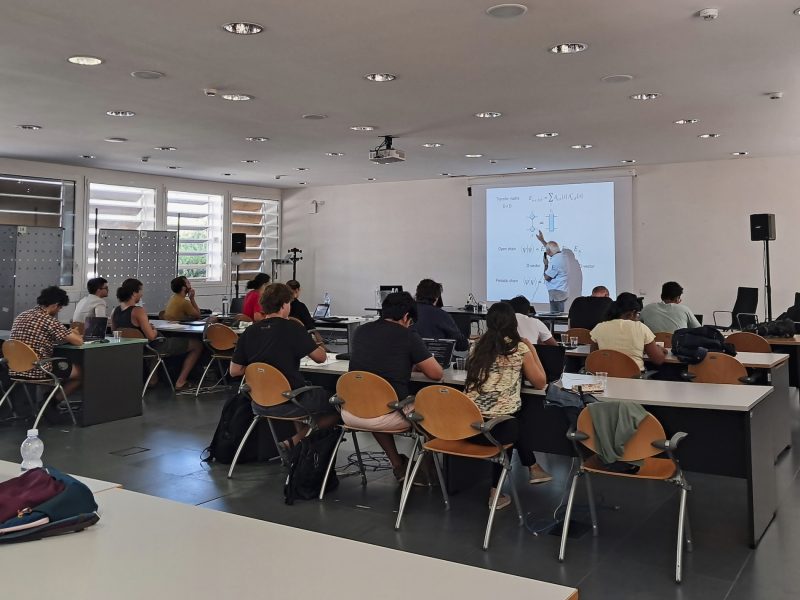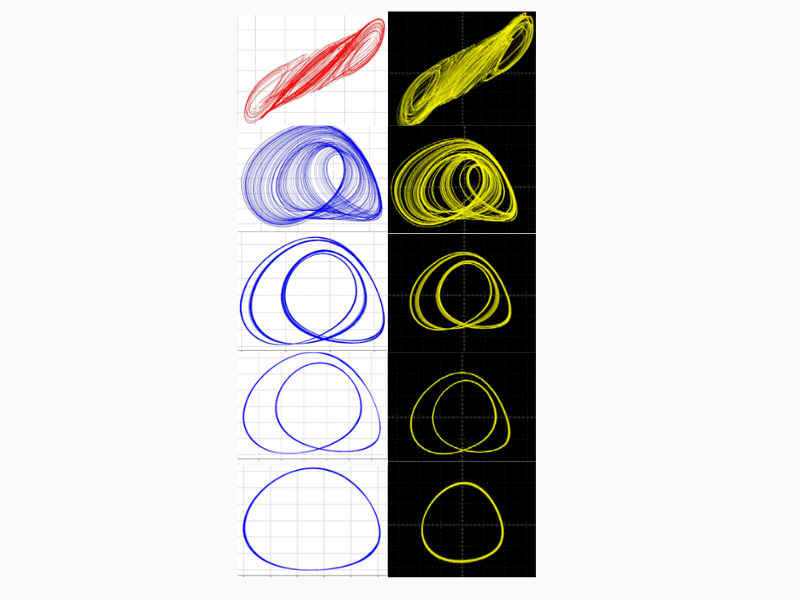
Riccardo Meucci named 2025 Optica Fellow
February 18, 2025
Public consultation on the National Strategy for Quantum Technologies: contribution collection open on the MUR website
February 28, 2025With €12 million in funding from the European Union, the ARTEMIS project officially launched on January 1, 2025, with the ambitious goal of revolutionizing the preservation, restoration, and safeguarding of cultural heritage. Through the innovative technology of Reactive Digital Twins, ARTEMIS aims to provide advanced and predictive tools capable of addressing the challenges of a rapidly changing world.
The project introduces a radically new approach to the concept of Digital Twins, going beyond traditional static 3D models to develop Reactive Heritage Digital Twins (RHDT). These advanced systems not only digitally represent heritage assets but also simulate and predict the impact of real-world phenomena—ranging from climate change and natural disasters to human interventions—on cultural heritage. Such a dynamic interaction enables the implementation of proactive strategies, risk reduction, and optimization of conservation efforts.
By integrating sensor data, environmental models, and simulation software, ARTEMIS will establish a groundbreaking digital laboratory capable of addressing the most complex conservation challenges. The system will deliver real-time data, allowing for the early detection and prevention of damage before it occurs, thereby enhancing the protection of invaluable artifacts and historic sites. These insights will be essential in assisting policymakers and conservation specialists in optimizing resource allocation and prioritizing the most urgent restoration interventions.
“With ARTEMIS, we are not just preserving the past—we are creating the tools to navigate the future of cultural heritage.”
— Luca Pezzati, Project Coordinator
ARTEMIS’s innovative Reactive Digital Twin framework is not only set to transform conservation efforts but also to redefine public engagement with cultural heritage by offering immersive and interactive experiences. The project will provide cutting-edge digital platforms for scientific research, opening new frontiers for exploration and innovation in cultural heritage conservation.
ARTEMIS builds upon the success of major EU-funded projects such as 4CH, which is developing a Competence Center for Cultural Heritage Conservation, and ARIADNE, a research infrastructure aggregating millions of archaeological datasets. By integrating immersive technologies such as AR/VR and the Internet of Cultural Things (IoCT), ARTEMIS will strengthen public connections with heritage while driving research and technological advancements. Moreover, its collaboration with leading European initiatives, including DestinE (Digital Twin of the Earth) and the European Cooperative Cloud for Cultural Heritage (ECCCH), will ensure that ARTEMIS plays a central role in the future of digital innovation for cultural heritage.
About ARTEMIS
ARTEMIS is a transdisciplinary project led by the National Institute of Optics at the National Research Council of Italy (CNR-INO), supported by three major European research infrastructures—4CH, ARIADNE, and DARIAH—and developed in collaboration with 18 international partners, each bringing unique expertise and a multidisciplinary approach to the initiative.
With over a decade of cutting-edge research and technological advancements, ARTEMIS represents a bold step forward in safeguarding our shared history, which remains under constant threat from environmental and human-induced factors. The project is not merely about preserving the past—it is about creating intelligent and innovative solutions to ensure that cultural heritage can be experienced and valued by future generations.
Read more:
Project website
Eureka alert feature story
CNR news
Post Linkedin – Project Officer Tiziana La Ragione





